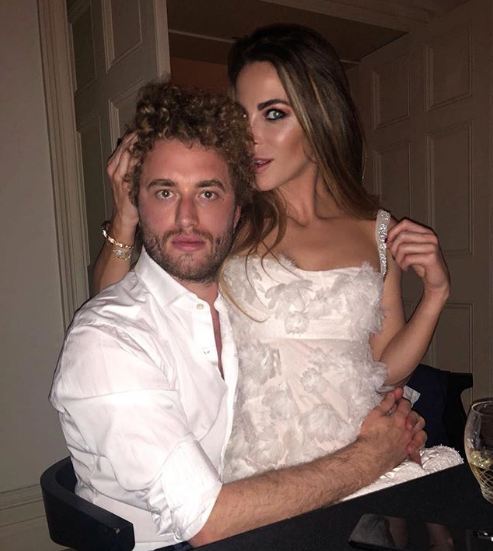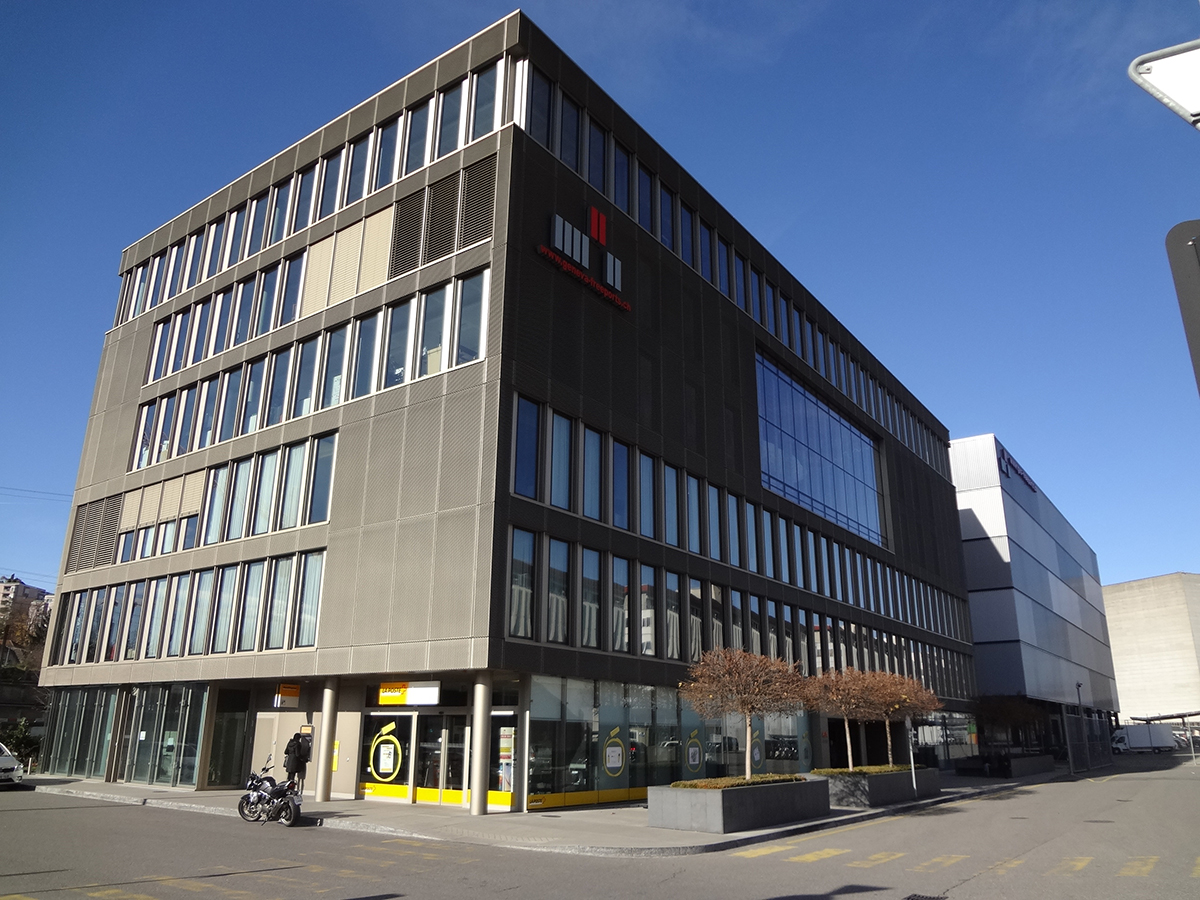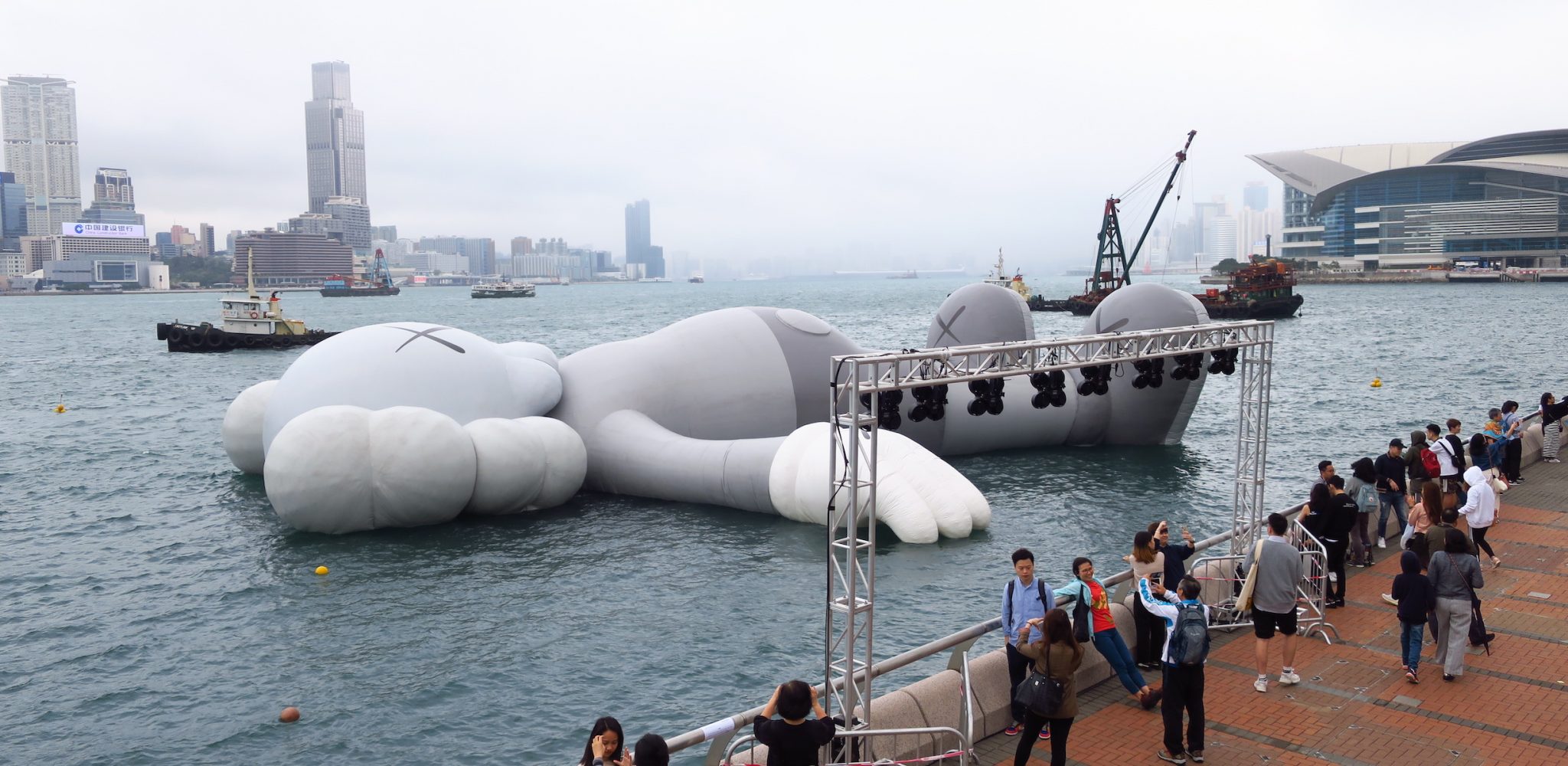What if recent art history is not a story of capitulation but of a steady insinuation into the core of late capitalism in order to dismantle it from within?
In recent weeks, while the pandemic’s undoing of any sense of normalcy has caused all kinds of former givens to be torched or tossed in the sea, the mainstream artworld has started to hobble back. You’ll probably recognise it. Appointments and limitations on visitor numbers aside, there’s a strong resemblance to the old days. In London, after galleries argued that they should be declared non-essential retail – quite the self-own – they began announcing actual physical shows, a mix of new displays and re-openings of previously shuttered exhibits. Commercial shows are scheduled a while in advance, of course, and there is unsurprisingly little evidence of galleries abandoning their plans in favour of hot takes, not to mention that in financial terms, and in the absence of real art fairs, this would appear to be a ‘safety first’ moment. Whatever post-pandemic art filters in over time, the infrastructure would like to stay standing. It doesn’t want change, at least not yet.
Not that what we had was perfect, obviously. A few months ago New York magazine published a long, uneasy-reading memoir by gallerist/writer Kenny Schachter detailing the slow souring of his friendship and clandestine business partnership with ‘mini-Madoff’ art dealer Inigo Philbrick, who, having been on the run since late 2019, was recently picked up by the FBI on a Pacific island and stands accused of swindling collectors out of millions of dollars. (I probably won’t be writing a tell-all about my own acquaintance with Philbrick; I wrote a catalogue essay for him once, end of story.) Schachter’s lengthy account of Philbrick cutting him in on labyrinthine sales and later cheating him out of more than $1m, of the lifestyle (cocktails, recreational drugs, private planes, playfighting) they shared, of his confrere forging loan documents and auction-house agreements – all of this made my eyes glaze without really widening them. It added gaudy texture to what we’ve broadly known for some time: that art, in the past few decades, has gone from being a relatively straightforward investment opportunity to, effectively, a financial instrument with a pretty face, allowing for all kinds of baroque sub-deals and plots: selling shares of artworks, inflating and shorting artists’ markets, the clandestine manipulation of prices by shadowy cabals.

On the face of it, this all looks very bad. Art, ostensibly a place of radical creativity, aesthetic risk-taking, predicting the future, has, in the last two decades, devolved into little more than a subset of asset allocation. On the other hand, that’s arguably what art has achieved since the turn of the century – maybe pretty much all it has achieved: it’s made itself a significant part of global capital flows, transmogrified itself into an ersatz currency, even if it’s a few yards short of finishing the job. Indulge me a moment. Countenance that there is a job in hand, a redemption story for what’s been going on. Within it, great strides have been made. Deregulation, amenity to corrupt-looking backroom dealings, freeports, dumbing down creative practice so that any idiot can grasp the elevator pitch (art ‘about the internet’, painting that says nothing but matches your sofa, baubles that look like giant executive toys), ‘expanding the audience’, pandering to celebrities, making everything about being social, then making everything into an ‘event’. Ostensible bugs as actual features; recent art history is not one of capitulation but of a steady insinuation into the very core of advanced capitalism in order to dismantle it from within.
It’s been a heroic effort, this entangling of art with global finance via the knowing and unknowing assistance of a huge range of actors: artists, greedy hustlers, critics, curators, and also gallerists and museum directors and various influencers holding regular strategy meetings that I may or may not have recently been disinvited from for non-payment of quarterly fees. Every overpriced piece-of-crap artwork has played its honourable part, every soft-pedalled exhibition review, every Instagram artist, every inch of gallery space given over to a Hollywood star’s daubs.

And they’ll continue to do so awhile, because the time isn’t quite right yet. Now’s the time for righting that keel. Or, to mix metaphors, more chubby flies have to be ushered towards the sticky web; there’s further work to be done on creating and proliferating teetering towers of bad equity and evanescent art movements with all the complexity of Duplo but none of the structural integrity. Expect some visible reaction, among artists and galleries, to the present tumult in the world; but also expect what looks like amnesia, with the same blue-chip trinkets being wheeled out. One classy European gallery just announced that it’s opening a third space and inaugurating it with a show by *checks notes* noted artist-turned-menswear designer Sterling Ruby, just as if nothing happened since February. Which is a comfort, and to which some people are whispering: excellent work, comrade.
